Threeawn, Purple
Short-lived, native, perennial, warm season bunchgrass with densely tufted culms found from Canada to Mexico west of the Mississippi River.
Short-lived, native, perennial, warm season bunchgrass with densely tufted culms found from Canada to Mexico west of the Mississippi River. Mainly used in mixes of native grasses where moisture requirements are low. Purple threeawn inhabits dry, coarse, or sandy soils in desert valleys and foothills.
Alternate Names
Common Names: wiregrass, red threeawn, dogtown grass, prairie threeawn
Scientific Names: A. longiseta
Uses
Forage value of purple threeawn depends largely on the other species growing in association in the region. In the Southwest, where forage is limited, purple threeawn is considered good spring forage while the plants remain green. In Arizona and New Mexico its abundance and fair palatability make purple threeawn a highly important source of forage. In northern areas where more palatable forage grasses are available, threeawn is considered weedy with little value (Stubendieck et al. 1994; USDA, 1937).
Purple threeawn is popular among horticulturalists for use in low water landscaping, especially in the Southwestern United States. Its reddish purple coloring and compact bunchgrass habit make it desirable. It spreads by seed readily, however, and can overwhelm landscape elements and become a nuisance. Seed also sticks to animal fur and human socks. Seed heads should be removed before maturity to prevent spread (Xeriscape Today 2010).
Purple threeawn provides some cover to small mammals and reptiles in sparsely vegetated desert areas. Native bees will make nests in the root structure.
| Grow Height |
Cold Tolerance |
Minimum |
Planting Rate |
|
1′ |
High |
Low |
1-2 PLS |
| Weight | 1 lbs |
|---|
Be the first to review “Threeawn, Purple” Cancel reply
You must be logged in to post a review.
Related products
Short growing native that has stolons much like buffalo grass. Pale green in color and not a vigorous competitor. Grows in a wide variety of soils.
An improved selection from Selection 75 Kleingrass in appearance. Produces a broader leaf and slightly larger seed which makes this species especially attractive for game birds in wildlife management programs.
Native bunch grass that spread by short rhizomes and good root depth. Shade tolerant.
Good drought tolerant native pasture and range grass. The perennial bunch grass grows in late spring and continues throughout the summer providing screening and nesting for wildlife.
Cool-season (C3) native perennial bunchgrass. It grows to a height of 18 to 36 inches.
Native winter grass, good forage, primarily because it is green and succulent during the winter when most other native grasses are dormant.
Annual native plant found in all soils in Southern Texas. This grass is reported to produce good forage for livestock, and produces seed commonly consumed by doves and quail.
Mixture of Buffalograss and Blue Grama. Selected for there short growth height these natives are very drought tolerant and should require little or no watering.

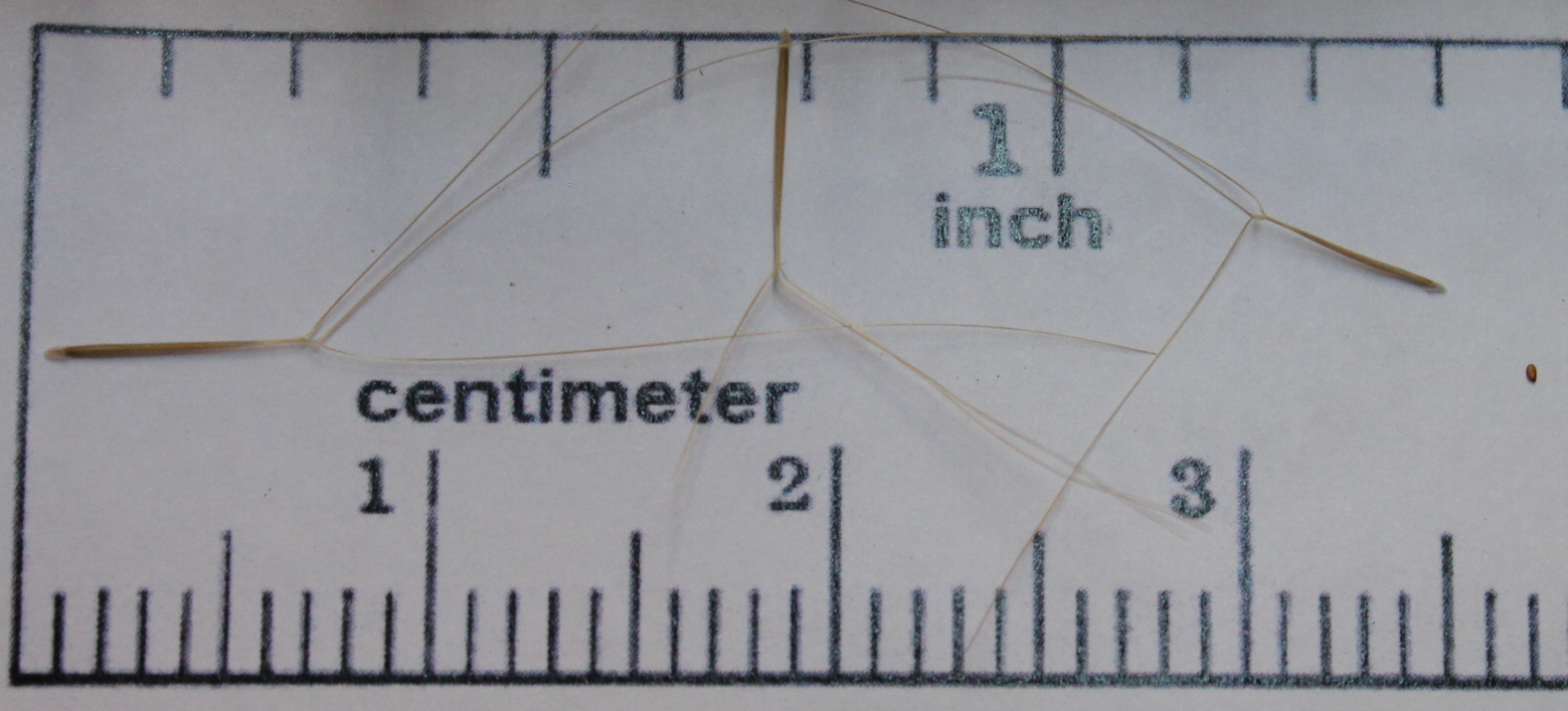
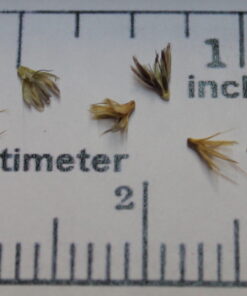
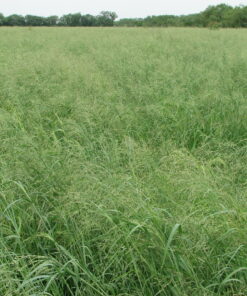
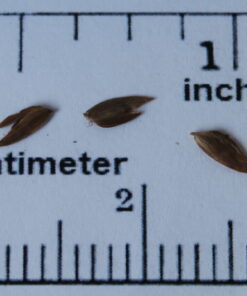
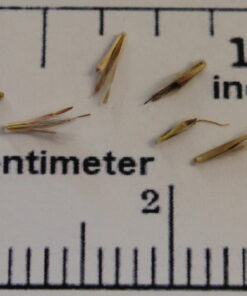

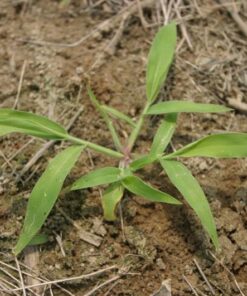

Reviews
There are no reviews yet.